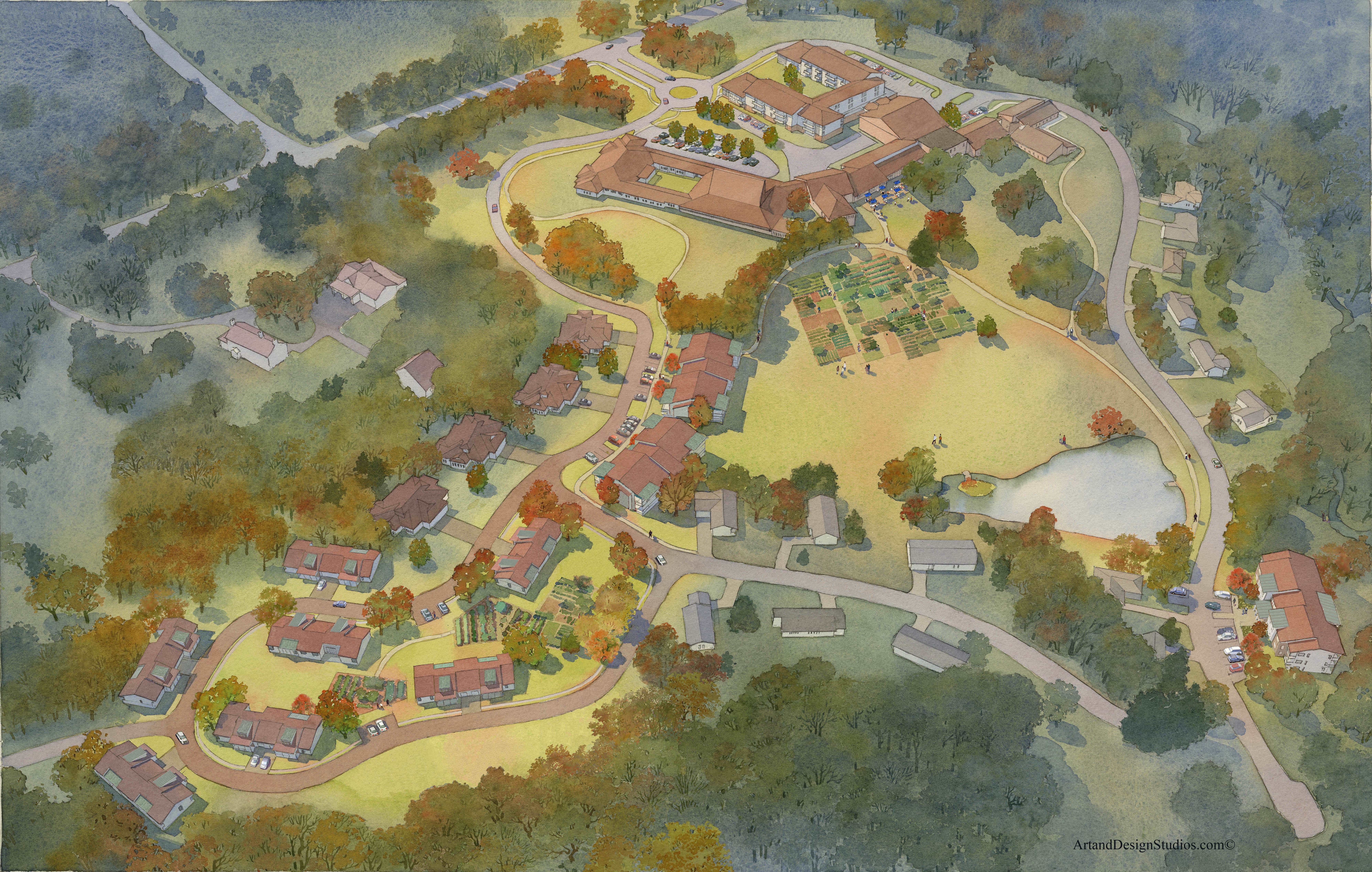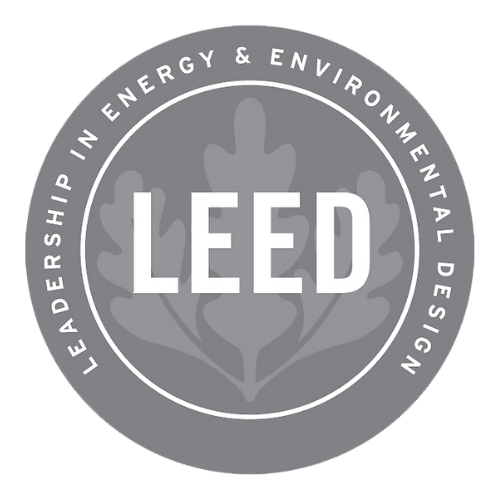Friends House
Silver Spring, MD
Master planning with sustainable and healthy guidelines

Project Overview
Rooted in Quaker values, Friends House was originally founded to provide affordable homes for low- to moderate-income seniors. With the help of Eventus Strategic Partners, Friends House commissioned the creation of a master plan as a way to redevelop the community around strongly held core values in a way that would retain its unique sense of place.
Some of the core values the community wants reflected in the master plan include an overall mindfulness of the natural environment, a commitment to resident health, and a promise that future development be done in a sustainable way.
Building Details
- 3 multifamily lodge buildings
- 14 1- and 2-bedroom cottages
Project Team
- Developer & Owner: Friends House
- Architect: Lenhardt Rodgers Architecture + Interiors
- Builder: Williamsburg Homes
Services Provided
- Certification for LEED® for Homes v4/4.1 and ENERGY STAR New Homes
- Inspections & Performance Testing
- Sustainable Master Planning
Certifications

ENERGY STAR®

LEED
Master Planning
With the guidance and visioning of the Friends House Steering Committee and Lenhardt Rodgers Architects, SWA developed a set of Sustainability Guidelines for the Master Plan renovations and expansion of the Friends House campus.
Designed to accommodate phased modifications of the community as a whole, the Guidelines give Friends House the flexibility to adapt to any unique circumstances from a future phase without sacrificing the communities’ core commitment to environmental stewardship.
Master Plan Features
- Research-based guidance and strategies aimed at improving indoor air quality by simultaneously delivering filtered outdoor air and compartmentalizing one living space from the next
- Materials specifications that are both good for the environment and the health of residents
- Tiered recommendations (good, better, best) of energy and water conservation measures for both new construction and retrofit projects
- Strategies to cluster new development and promote shared infrastructure to maintain the natural bio-diversity and park-like feel of the community while reducing vehicle use and carbon emissions
